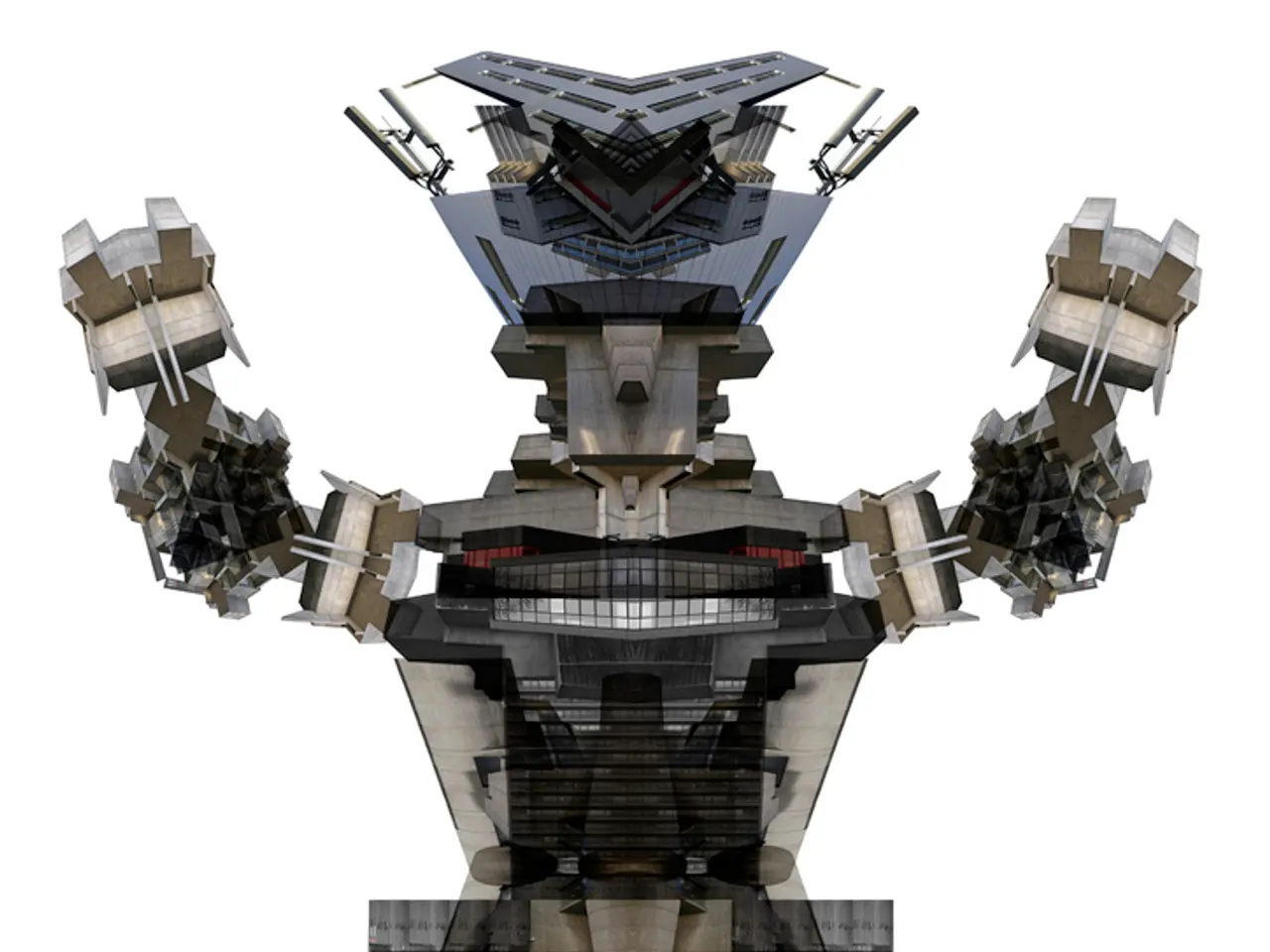Preparing for Coexistence with Robotic Companions?
In a world where robots are increasingly taking on human-like tasks and responsibilities, it's essential to ensure their ethical treatment and seamless integration into everyday life. Here's how we can achieve this:
Reconsidering Social Attitudes and Rights Towards Robots
As robots become more human-like, society may need to rethink their social status and possibly grant them certain rights to prevent issues like robot bullying and support peaceful coexistence. This could involve prioritizing robots in shared spaces, much like we prioritize humans with special needs [1].
Humanizing Robots Through Emotional and Social Intelligence
Designing robots that can recognize, respond to, and engage with human emotions authentically helps foster trust and acceptance. By incorporating subtle social cues—tone, timing, gestures—robots can feel relatable and naturally integrated into social settings [4].
Supporting Gradual Domestication and Social Presence
For robots to become accepted members of households or workplaces, they must transition beyond novelty to social actors perceived as companions or helpers. This involves embedding them into routines and roles that adapt over time to evolving human needs and relationships [3].
Leveraging Robots to Combat Loneliness and Improve Well-being
Social robots can promote social integration not only by providing companionship but also by helping alleviate emotional and social loneliness. For instance, older adults can benefit greatly from this interaction [5].
Preparing Humans to Adapt Behaviors and Expectations
Integration is bi-directional; humans may need to adjust how they interact with robots, treating them with respect and recognizing their evolving roles within society to ensure ethical treatment and smooth coexistence [1].
Designing Robots with Advanced Social and Ethical Frameworks
Robots should be designed with advanced social and ethical frameworks that allow polite, assertive behavior where appropriate [1].
Promoting Public Awareness and Education
Educating the public about robots as social actors can reduce fear and increase understanding, leading to smoother human-robot interactions [1].
Developing Policies and Norms
Guidelines are needed to govern robot rights and human responsibilities in mixed human-robot environments [1].
Continuously Studying Human-Robot Interaction Dynamics
Ongoing research is crucial to adapt designs and societal norms as robot capabilities and roles evolve [1].
AI's ability to make predictions and draw conclusions, not just aggregate and organize information, opens up new possibilities for robots to assist in various fields, such as education and language learning [2]. However, it's crucial to remember that humans should remain respectful and open to these new social partners.
In a study titled "A Robot Jumping the Queue," researchers found that assertive robots that politely ask for priority were more effective in human-robot interactions [6]. This suggests that humans may need to rethink their attitudes and behaviors towards robots to prevent robot bullying [6].
Moreover, service robots might have certain rights regarding priority if they fulfill human jobs with human responsibilities [6]. For example, Dr. Haas successfully used robotics to teach Dutch as a second language to students from linguistically diverse backgrounds [7].
The rise of AI could potentially provide access to goods, services, and information for everyone, bridging service gaps, easing isolation, and offering emotional or learning support [8]. In a world sliding further away from the promises laid out for people and the planet by the SDGs, robots deployed for good could help bring us back to our humanity [9].
Projects like WOKEbot, which explore how a robot's appearance and narrative voice influence human openness when discussing polarizing topics, demonstrate the potential of robots to facilitate difficult conversations [10].
Utrecht University of Applied Sciences is researching how robots can augment and enrich human-centered fields, offering exciting possibilities for the future [11].
Victoria Slivkoff, Head of Ecosystem at Walden Catalyst and Managing Director of Extreme Tech Challenge, is excited about the potential of AI in realizing ambitious goals [12]. Dr. Haas believes that having a robot aid will help facilitate learning for all students, including those with learning disabilities or those who are not yet fluent in Dutch [7].
In conclusion, with careful consideration and ongoing research, we can create an environment where robots are ethically treated and seamlessly integrated into everyday human life as accepted social partners rather than mere tools or sources of discomfort.
Robots, with their growing emotional and social intelligence, can potentially serve as valuable companions in combatting loneliness and improving overall well-being, especially for older adults [5]. To achieve this, technology should be designed with advanced social and ethical frameworks, enabling robots to display polite and assertive behavior where necessary [1].
In addition, as robots step into human-like roles, it's essential to develop policies and norms that outline clear guidelines for robot rights and human responsibilities in mixed human-robot environments [1]. Rethinking societal attitudes and granting certain rights to these new social partners might help prevent issues like robot bullying and support harmonious coexistence [1].




